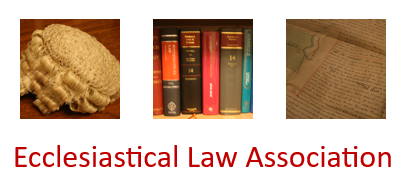Reordering proposals included replacing the church pews with chairs, new audio-visual equipment, moving the font, an accessible WC, a kitchenette, storage and blue carpet runners. The petitioners' objective was to make the church more suitable for church and community events, to try and increase the church's income, in order to raise money for repairs to the roof. The Diocesan Advisory Committee recommended the proposals. There were no objections in response to public notices, but all the amenity societies consulted (though none became parties opponent) objected to metal framed upholstered chairs. The Chancellor was satisfied that the petitioners had made a good case for the works and granted a faculty for all the works, subject to the replacement chairs being made of wood, in accordance with the guidelines of the Church Buildings Council.

